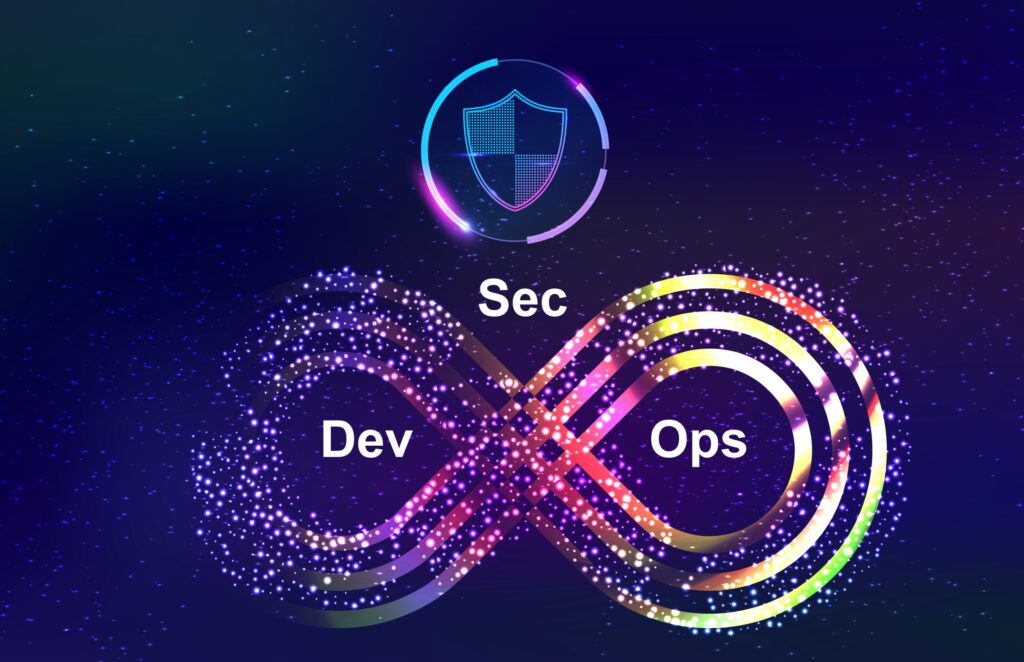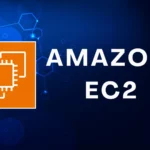
The Need for Security in Modern DevOps
In today’s fast-paced software development landscape, security can no longer be an afterthought. Traditional security approaches struggle to keep up with the speed of DevOps, leading to vulnerabilities that can be exploited by cyber threats. This is where Automated DevSecOps comes into play—integrating security seamlessly into DevOps pipelines without slowing down innovation.
By automating security practices, organizations can identify, fix, and prevent vulnerabilities early in the development cycle while maintaining agility. But how does automated DevSecOps work, and why is it essential for modern software development? Let’s explore.
What is Automated DevSecOps?
DevSecOps (Development, Security, and Operations) is an approach that integrates security at every stage of the software development lifecycle (SDLC). Automated DevSecOps takes this concept further by leveraging AI, machine learning, and security tools to automate security testing, compliance checks, and remediation.
Instead of security being a separate phase at the end of development, it becomes an ongoing, continuous process embedded within CI/CD pipelines. This ensures that security checks happen in real-time, reducing the risk of vulnerabilities making their way into production.
The Key Benefits of Automated DevSecOps
✅ Early Threat Detection: Automated scanning tools identify vulnerabilities in code, dependencies, and infrastructure before they become security risks.
✅ Faster Development Cycles: Security automation removes bottlenecks, allowing developers to focus on innovation without compromising security.
✅ Compliance at Scale: Automated compliance checks ensure that applications meet industry regulations without manual intervention.
✅ Reduced Human Error: AI-driven security tools minimize the risk of misconfigurations and human oversight.
✅ Seamless Collaboration: Dev, Sec, and Ops teams can work together more effectively with shared visibility into security insights.
How to Implement Automated DevSecOps in CI/CD Pipelines
1️⃣ Automated Code Analysis
Static Application Security Testing (SAST) tools scan source code for vulnerabilities as developers write code, ensuring security is built in from the start.
2️⃣ Dynamic Security Testing
Dynamic Application Security Testing (DAST) tools analyze applications in real-time during deployment, identifying vulnerabilities in runtime environments.
3️⃣ Infrastructure as Code (IaC) Security
Automated security checks for cloud configurations and infrastructure (Terraform, Kubernetes, AWS, etc.) prevent misconfigurations that could lead to breaches.
4️⃣ Continuous Security Monitoring
Security tools continuously monitor applications and containers for anomalies, integrating threat intelligence for proactive security.
5️⃣ Automated Patch Management
AI-driven vulnerability management tools automatically detect and patch security flaws in dependencies and libraries.
Challenges in Adopting Automated DevSecOps
Despite its benefits, implementing automated DevSecOps comes with challenges:
🔹 Tool Integration Complexity: Organizations need to carefully select and integrate the right security tools.
🔹 Balancing Speed and Security: Developers may resist security checks that slow down their workflow, making it crucial to implement non-intrusive automation.
🔹 Skill Gaps in Security Automation: Teams need training to effectively use DevSecOps tools and best practices.
The key to overcoming these challenges lies in choosing the right automation tools, fostering a security-first culture, and continuously refining security processes.
The Future of DevSecOps: AI-Driven Security
As threats evolve, so does the need for smarter, AI-powered security solutions. AI and machine learning will play a vital role in predicting vulnerabilities, automating security responses, and enhancing DevSecOps processes. Future advancements will enable self-healing security systems, where automated remediation instantly addresses threats before they escalate.
🚀 Automated DevSecOps is no longer optional—it’s the future of secure software development. Organizations that embrace it will stay ahead in the battle against cyber threats while accelerating innovation.
Follow us for more Updates














